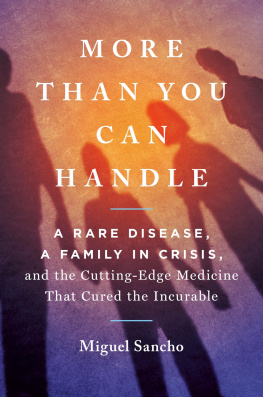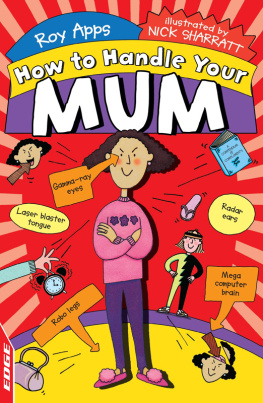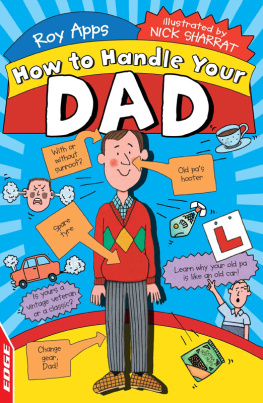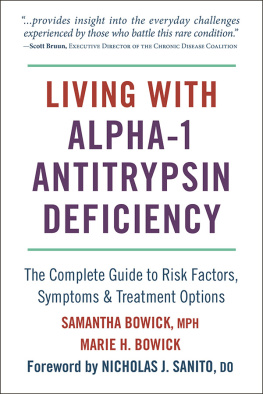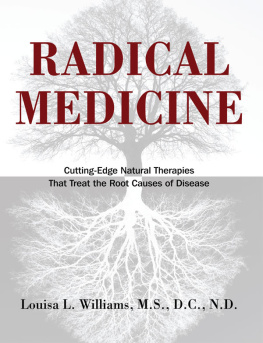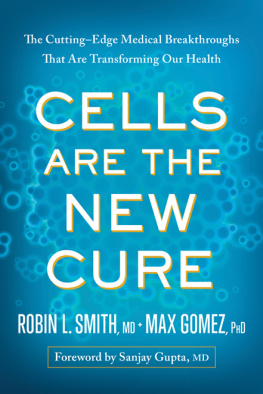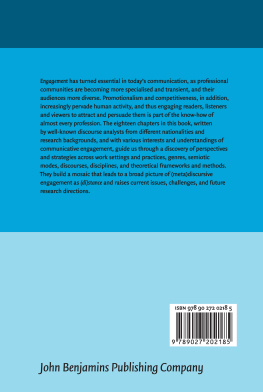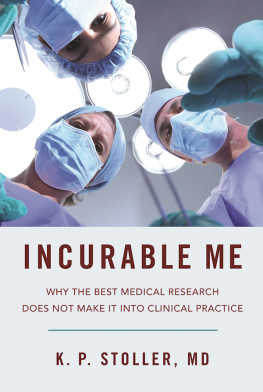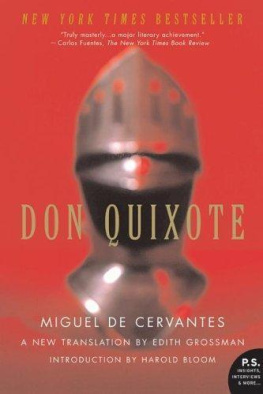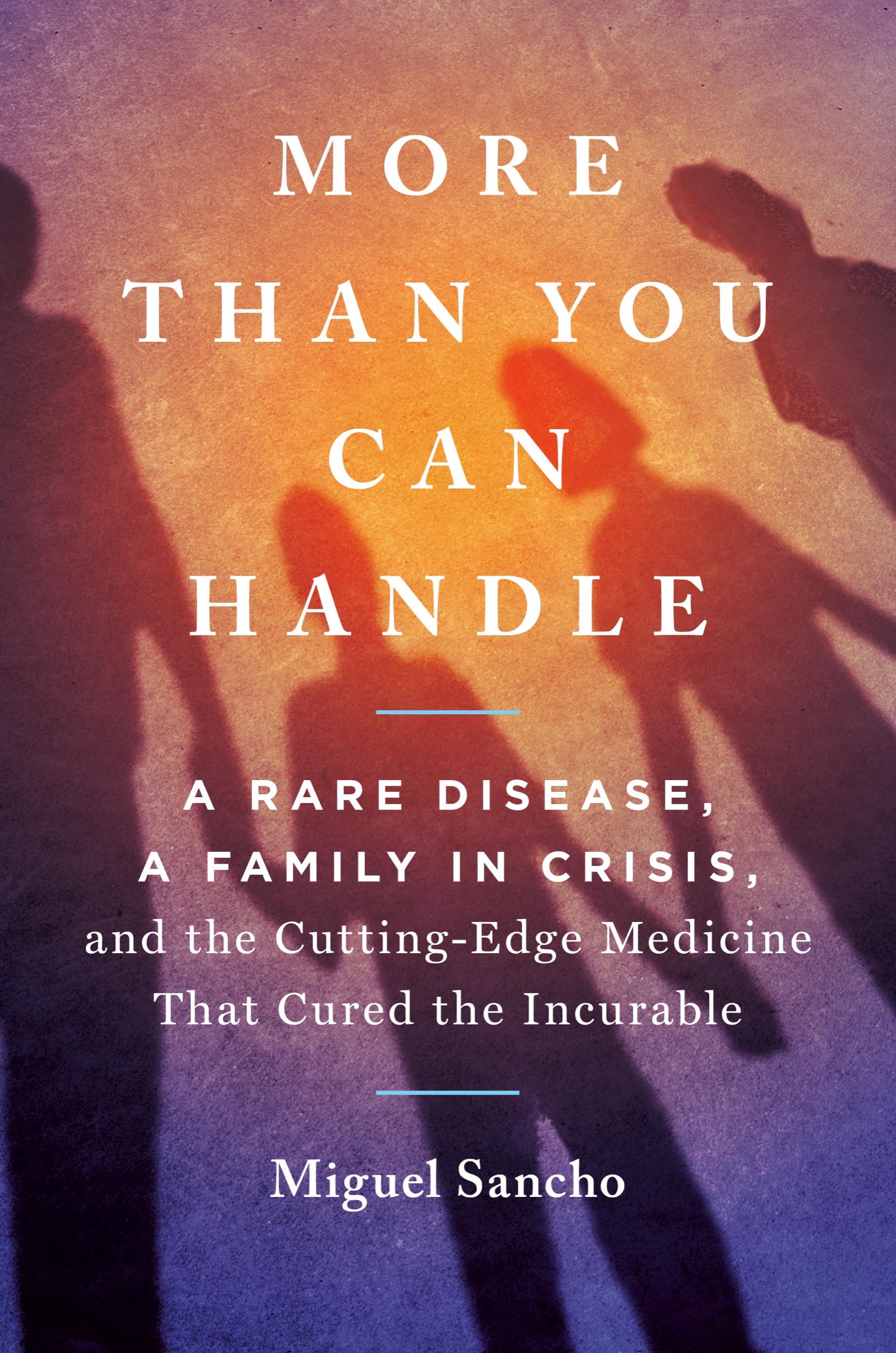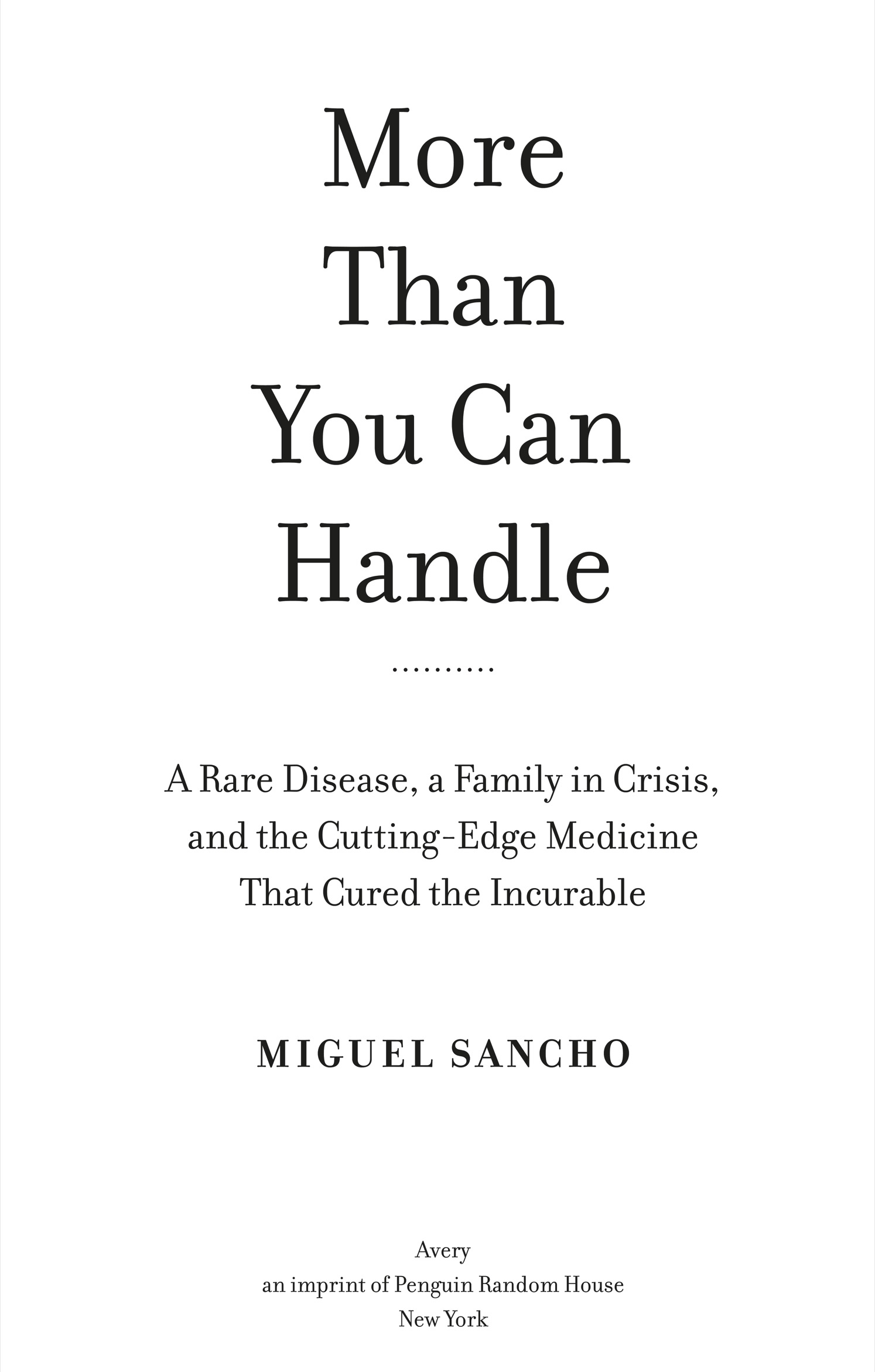Penguin supports copyright. Copyright fuels creativity, encourages diverse voices, promotes free speech, and creates a vibrant culture. Thank you for buying an authorized edition of this book and for complying with copyright laws by not reproducing, scanning, or distributing any part of it in any form without permission. You are supporting writers and allowing Penguin to continue to publish books for every reader.
Names: Sancho, Miguel, author.
Title: More than you can handle: A rare disease, a family in crisis, and the cutting-edge medicine that cured the incurable/ by Miguel Sancho.
Description: New York: Avery, an imprint of Penguin Random House, 2021. | Includes index.
Identifiers: LCCN 2020016997 (print) | LCCN 2020016998 (ebook) | ISBN 9780593085912 (hardcover) | ISBN 9780593085929 (ebook)
Subjects: LCSH: Sancho, Miguel. | Sancho, Sebastian, 2012Health. | Chronic granulomatous diseasePatientsUnited StatesBiography. | Parents of chronically ill childrenUnited StatesBiography.
Classification: LCC RJ387.C48 S26 2021 (print) | LCC RJ387.C48 (ebook) | DDC 618.92/970092 [B]dc23
Introduction
On the morning of December 22, 2003, a 6.6 magnitude earthquake struck the central coast of California near San Simeon. This was the most destructive quake to hit the United States since 1994, but thanks to modern construction standards and the seismic retrofitting of older buildings, only one building collapsed. The death toll was... two.
Just four days later, another 6.6 magnitude earthquake happened, this one near the ancient Iranian city of Bam. Most of the citys buildings were made of mud brick and did not comply with international earthquake regulations. Seventy percent of Bams houses were destroyed. The death toll exceeded twenty-six thousand.
When we look inside ourselves and assess our own psychic sturdiness, the arrogant inclination is to believe we are constructed more like San Simeon than Bamdesigned in anticipation of the worst our environment can dish out, made of sterner stuff. We all want to believe we have the ability to rise to the occasion of any crisis and perform nobly when the stakes are high. And the stakes get no higher than the life or death of a child. But what if fortitude is just another genetic trait like height or IQ, distributed normally on a bell curve, and what if you, like half of the population, are below average? Where will you find the strength to navigate your way through a black swan event, a once-in-a-lifetime disaster, without collapsing into a useless mold of Jell-O or perhaps managing to make things worse? What happens when God truly gives you more than you can handle?
For forty-two years, I never had to consider those questions. I never even had a real jobI made my living telling stories as a television news producer. It was my responsibility to find compelling stories and procure the necessary video to tell them. Then I wrote and edited scripts destined to be read by professionally attractive on-air talent, married to interesting pictures, and broadcast to the diminishing fraction of the public that chooses to spend its time watching commercial televisionbehavior we commended and encouraged. Sometimes my work won awards. Sometimes it got good ratings. Sometimes it did neither, but it always paid the bills.
Then something happened: I found myself thrust directly into the most amazing story Id ever covered, one that blew my mind, broke my heart, and profoundly changed my life and many others, some at the molecular level. In 2012 my wife, Felicia, and I learned that our baby son, Sebastian, had a rare and deadly disease. It nearly killed him and destroyed our family in the process.
He is alive today, trundling off to school to master introductory subtraction, because he survived one of the most medically groundbreaking and emotionally harrowing procedures performed on eartha pediatric bone marrow transplant (BMT). The process required months of quarantine in a hermetically sealed transplant unit at Duke University Hospital, where doctors and researchers are taking giant stepsat an accelerating pacein the fight against rare diseases once considered lethal. Families of children with these conditions come from all over the globe, rolling the dice that this lengthy, arduous, and highly uncertain procedure will save these patients precious, origami-fragile lives. One of those children was Sebastian, who was born with a lethal immune deficiency known as CGD (short for chronic granulomatous diseaseno, Id never heard of it either). By the time he left Duke he was not only cured, hed been transformed into a wonder of science. This book is the story of that transformation and its impact on our family.
It is also something of a confession. It would be nice to be able to write that, over the course of Sebastians illness and treatment, I met every challenge with selfless grace to save my darling child. Those are the heroic stories you read about in books like Wonder, or in the Wired article I read a while back about a Silicon Valley dad who spent his own millions to find a cure for his daughters obscure genetic disorder. But not everyone confronted with this kind of challenge has an infinite reservoir of character or capital. Most of us are neither Mother Teresa nor Bill Gates.
The more common reality is that rare diseases frequently rip families apart. Divorce, substance abuse, depression, and bankruptcy are just a few of the horsemen riding in the slipstream of an apocalyptic diagnosis, and only a fraction of parents have the outstanding character and good fortune to avoid them all.
I was not among them. To the contrary, in the face of the biggest crisis of my life, I managed to derail my career, put my marriage on life support, get my family evicted and banned for life from the local Ronald McDonald House, and ruin a perfectly planned Make-A-Wish trip, to list a few of my greatest hits. When the wolf began blowing, I discovered my house was made of straw. Over time the stress disfigured my personality into a tangle of gnawing anxiety, insomnia, heavy drinking, frequent rage episodes at home and at work, and a depression resistant to numerous modalities of treatment (psychotherapy, meditation, medication, self-help books).
It would have been helpful if my emotional troubles manifested through socially sanctioned symptoms like fatigue or flattened affect. Instead I found myself turning into a total dick. To be clear, the potential was always therebut my sons illness was, for me, an unstoppable catalyst, a defoliating agent that burned off what social graces I had and left a rather ugly stump. To call my nastiest behavior toxic masculinity would be an insult to both men and toxins, and I will state upfront that, for the sake of my family, I have not told all in this tell-all. The best thing I can say about myself during these years is that I never hit anybody.

